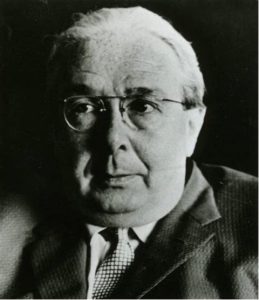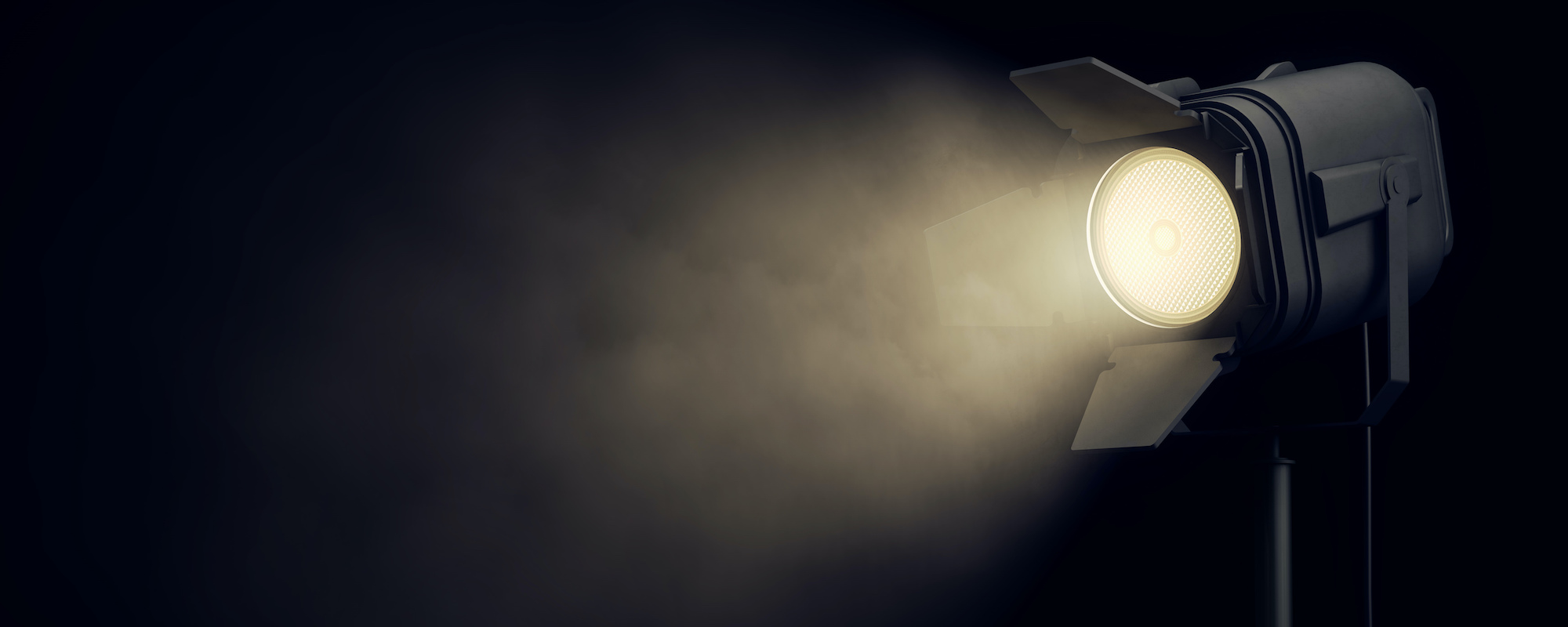
HIGHLIGHTS
Many consider Leo Szilard one of the brightest physicists never to have won the Nobel Prize.
Leo Szilard was born into a Jewish family in 1898 in Budapest, then part of the Austro-Hungarian Empire. He was drafted into the army in 1916 at the height of World War I and, after a delay for studies and officer training, joined his regiment in May 1918. Before being sent to the front, he was hospitalized with Spanish Influenza. His regiment was nearly annihilated in battle, so his sickness probably saved his life. After WWI, he continued his studies in physics at Friedrich Wilhelm University in Germany. He met such luminaries in the physics world as Max Planck, Max von Laue, and Albert Einstein, the latter with whom he continued a decades-long friendship. In his doctoral thesis on thermodynamics, he solved the problem of Maxwell’s demon by recognizing the connection between thermodynamics and information theory.
During the 1920s, he made several inventions, being granted 31 patents and abandoning five applications. He abandoned all his applications relating to particle accelerators, including those for a linear particle accelerator, cyclotron, betatron, synchrocyclotron, and electron microscope. The linear accelerator application was rejected, as the examiner saw no possible use for it. Unfortunately for Szilard, he did not publish many of his ideas, nor did he have the means to build them. As a result, his efforts were unrewarded, and credit went elsewhere: Lawrence won the Physics Nobel Prize for the cyclotron in 1939 and Ruska for the electron microscope in 1986. His application with Einstein for a refrigerator with no moving parts, hence being quieter and more reliable than one running with a compressor, was more successful; their U.S. patent was issued in 1930.
Szilard left Germany for Britain in 1933 after Hitler became chancellor. Upset at Lord Rutherford’s dismissal of the possibility of using atomic energy for practical purposes, Szilard conceived of the self-sustaining nuclear reaction and filed for a patent in 1934 on a neutron-induced nuclear chain reaction. He began to study radioactive isotopes for medical purposes and discovered a means of isotope separation now called the Szilard-Chalmers effect.
Fearing the expected war in Europe, Szilard moved to the U.S. in 1938. He directed his chain reaction experiments to uranium and quickly discovered the phenomenon of neutron multiplication. Realizing its importance, he drafted a letter to President Roosevelt explaining the possibility of nuclear weapons and warning of the German efforts in the field. He persuaded several physicists to sign the letter, including Einstein. Roosevelt’s reaction to the letter led to the establishment of the Manhattan Project.
Szilard’s work on chain reactions continued at the University of Chicago with Enrico Fermi. In December 1942, the first human-made, self-sustaining nuclear reaction was achieved. In 1944, Szilard and Fermi filed a patent application for a graphite-moderated nuclear reactor (issued in 1955). In 1945, Szilard drafted the Szilard Petition, signed by 70 scientists working on the Manhattan project, asking President Truman to demonstrate the nuclear bomb to Japan first and then use it only if there were no surrender. The petition did not make it to Truman.
After WWII, Szilard stayed at the University of Chicago and turned his interests to biology in a successful collaboration with Aaron Novick. They developed the chemostat, a device for regulating the growth rate of microbes in a bioreactor, and discovered feedback inhibition, a control mechanism in metabolism and growth. He spent his later years working at the Salk Institute for Biological Sciences in San Diego as a Founding Nonresident Fellow. In 1960 he was successfully treated for bladder cancer using a Cobalt-60 radioisotope, which fittingly relied on his invention, the nuclear reactor, for its manufacture.
Szilard died in 1964 of a heart attack, leaving behind a precious legacy of scientific exploration, discovery, and invention.
Author: Iain McIntyre
Learn more here about Yom HaShoah.
Learn more here about The Manhattan Project.
To learn more about Carlson Caspers’ commitment to Diversity & Inclusion, click here.
To apply for the Carlson Caspers Diversity & Inclusion Scholarship and meet past recipients, click here.
To learn about Carlson Caspers’ engagements with organizations committed to diversity and inclusion in the legal profession, click here.
To learn about other featured inventors, click here.
